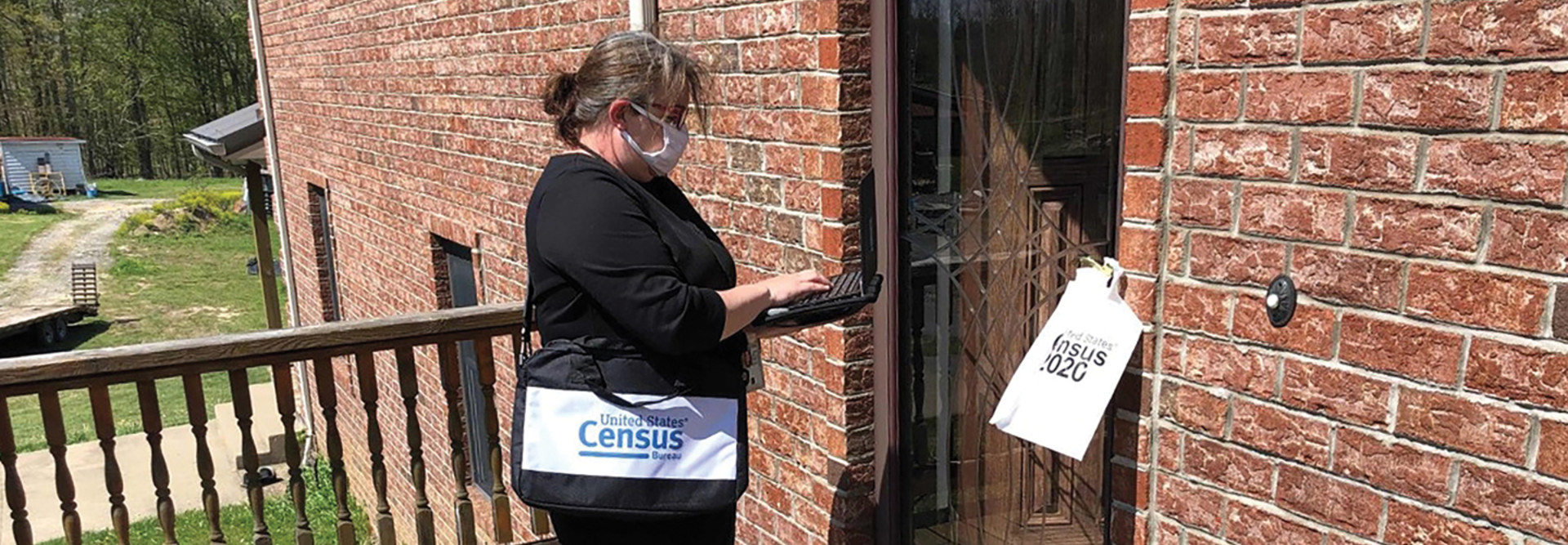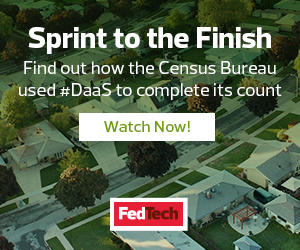Planning Made an All-Digital Census Possible
For decades, census enumerators went door to door with clipboards and paper across the United States to collect demographic information on people who hadn’t responded to census forms. The Census Bureau had tried to implement a digital collection effort for the 2010 count but ultimately scrapped it and spent the subsequent decade researching and developing the best solution to make the census an all-digital effort.
The Census Bureau quickly discovered a major hiccup in the process. “We found it a pretty painful experience to actually provision the devices and kits and acquire and dispose” of the devices, Thieme says. Ultimately, the bureau decided to partner with CDW•G to use a Device as a Service model to deploy more than 600,000 Apple iPhone 8 devices to enumerators so they could carry out their data collection in the field.
Early in the planning process, it became obvious that the agency needed to solve more of a logistics problem than a technology issue, says Brian Costello, director of civilian sales at CDW•G.
“If you don’t have a device in somebody’s hands at the right time when they’re ready to go out and start their canvassing, the technology working doesn’t matter if it’s not in their hands,” he notes.
CDW•G was responsible for acquiring the devices, provisioning and configuring them and getting them to the Census Bureau’s local offices, according to Randy Harris, vice president of federal program management, capture and services at CDW•G. At that point, the agency distributed the devices to enumerators.
“We’re very happy that we did set it up that way. It made things much easier,” Thieme says.
RELATED: How can configuration management specialists help your agency roll out devices?
How the Census Bureau Overcame Obstacles to the 2020 Count
By March, the devices and census operations were ready to go. “With a number of other large programs that we have, they don’t require a shotgun start, which is to have all the devices ready to go at the same moment in order to execute a mission,” Harris says. “This is the largest peacetime mobilization within the U.S., I think, if not the world.”
Before the pandemic struck, CDW•G already had all its processes aligned, with multiple teams working to provision the devices, says Jocelyn Guiwan, senior manager of configuration services at CDW.
The Census Bureau, like other federal agencies and the world at large, had to contend with the effects of the pandemic throughout the year. On March 12, the agency opened up its website to collect census data, Thieme says. Within a week, the count was shut down and the agency didn’t get back into the field again for three months.
“It was just one thing after another in 2020, and we all went through it, so we know what that was like,” Thieme says.
Once field operations resumed, the race was on to collect as much data as possible to get the most accurate count. The census is used for a wide range of purposes, including the distribution of billions of dollars in federal funding every year and the apportionment of seats each state gets in the House of Representatives.












